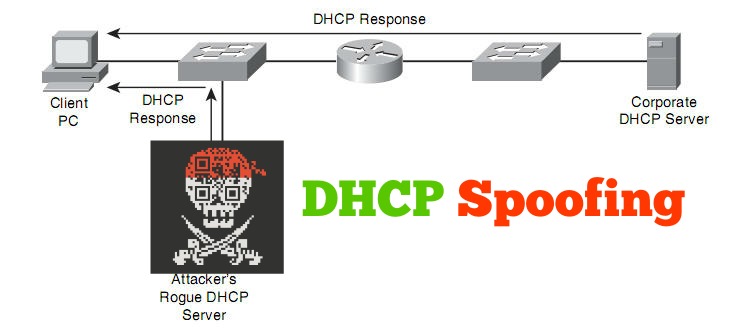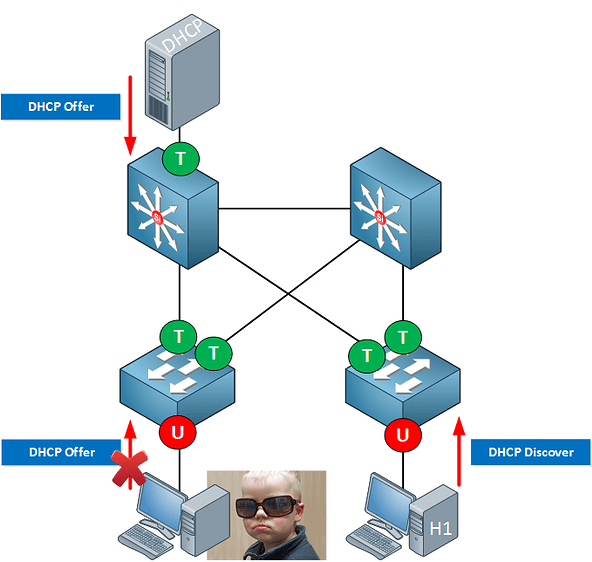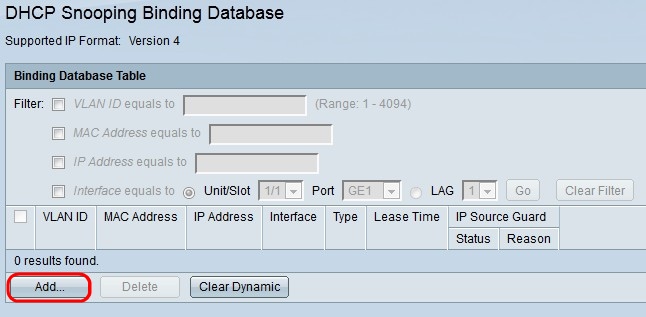

Note: In a large network, the DHCP binding table may take time to build after it is enabled.

The DHCP snooping binding table includes the client MAC address, IP address, DHCP lease time, binding type, VLAN number, and interface information on each untrusted switchport or interface. DHCP snooping builds and maintains a DHCP snooping binding database that the switch can use to filter DHCP messages from untrusted sources. DHCP snooping also helps mitigate against DHCP starvation attacks by rate limiting the number of DHCP discovery messages that an untrusted port can receive. This would render port security ineffective.ĭHCP spoofing attacks can be mitigated using DHCP snooping on trusted ports. However, Gobbler can also be configured to use the same interface MAC address with a different hardware address for every request. Port security could be configured to mitigate this. Related articles: Configure DHCP in Cisco Router and Windows Serverįor instance, Gobbler uses a unique MAC address for each DHCP request and port security. However, mitigating DHCP spoofing attacks requires more protection. It is easy to mitigate DHCP starvation attacks using port security. Specifically, it creates DHCP discovery messages with bogus MAC addresses. Gobbler has the ability to look at the entire scope of leasable IP addresses and tries to lease them all. DHCP starvation attacks require an attack tool such as Gobbler. The goal of this attack is to create a DoS for connecting clients.


The sequence of DHCP message exchange between client and server. The DHCP servers dynamically provide IP configuration information including IP address, subnet mask, default gateway, DNS servers, and more to clients. Before you mitigating DHCP attacks in the network, you need to know about DHCP functions and features. In the network switching, you can easily configure DHCP snooping to prevent DHCP spoofing attack and DHCP starvation attack.


 0 kommentar(er)
0 kommentar(er)
